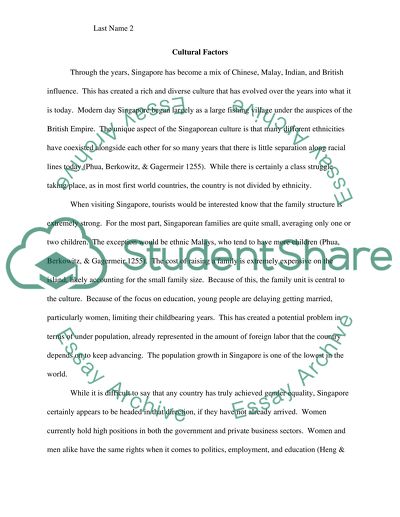Cite this document
(“Singapore Tourism Profile Research Paper Example | Topics and Well Written Essays - 1750 words”, n.d.)
Singapore Tourism Profile Research Paper Example | Topics and Well Written Essays - 1750 words. Retrieved from https://studentshare.org/tourism/1472714-singapore-tourism-profile
Singapore Tourism Profile Research Paper Example | Topics and Well Written Essays - 1750 words. Retrieved from https://studentshare.org/tourism/1472714-singapore-tourism-profile
(Singapore Tourism Profile Research Paper Example | Topics and Well Written Essays - 1750 Words)
Singapore Tourism Profile Research Paper Example | Topics and Well Written Essays - 1750 Words. https://studentshare.org/tourism/1472714-singapore-tourism-profile.
Singapore Tourism Profile Research Paper Example | Topics and Well Written Essays - 1750 Words. https://studentshare.org/tourism/1472714-singapore-tourism-profile.
“Singapore Tourism Profile Research Paper Example | Topics and Well Written Essays - 1750 Words”, n.d. https://studentshare.org/tourism/1472714-singapore-tourism-profile.


